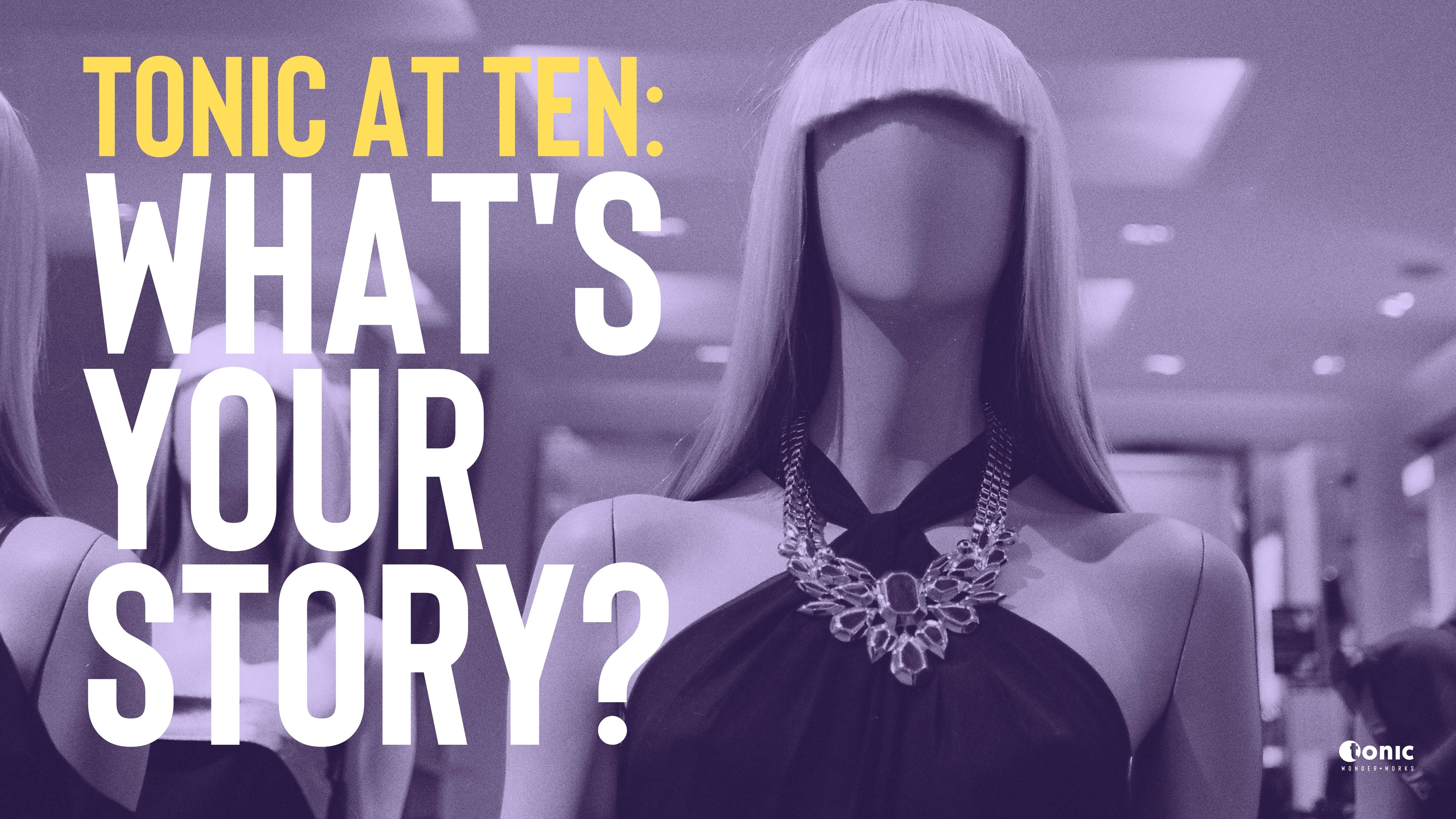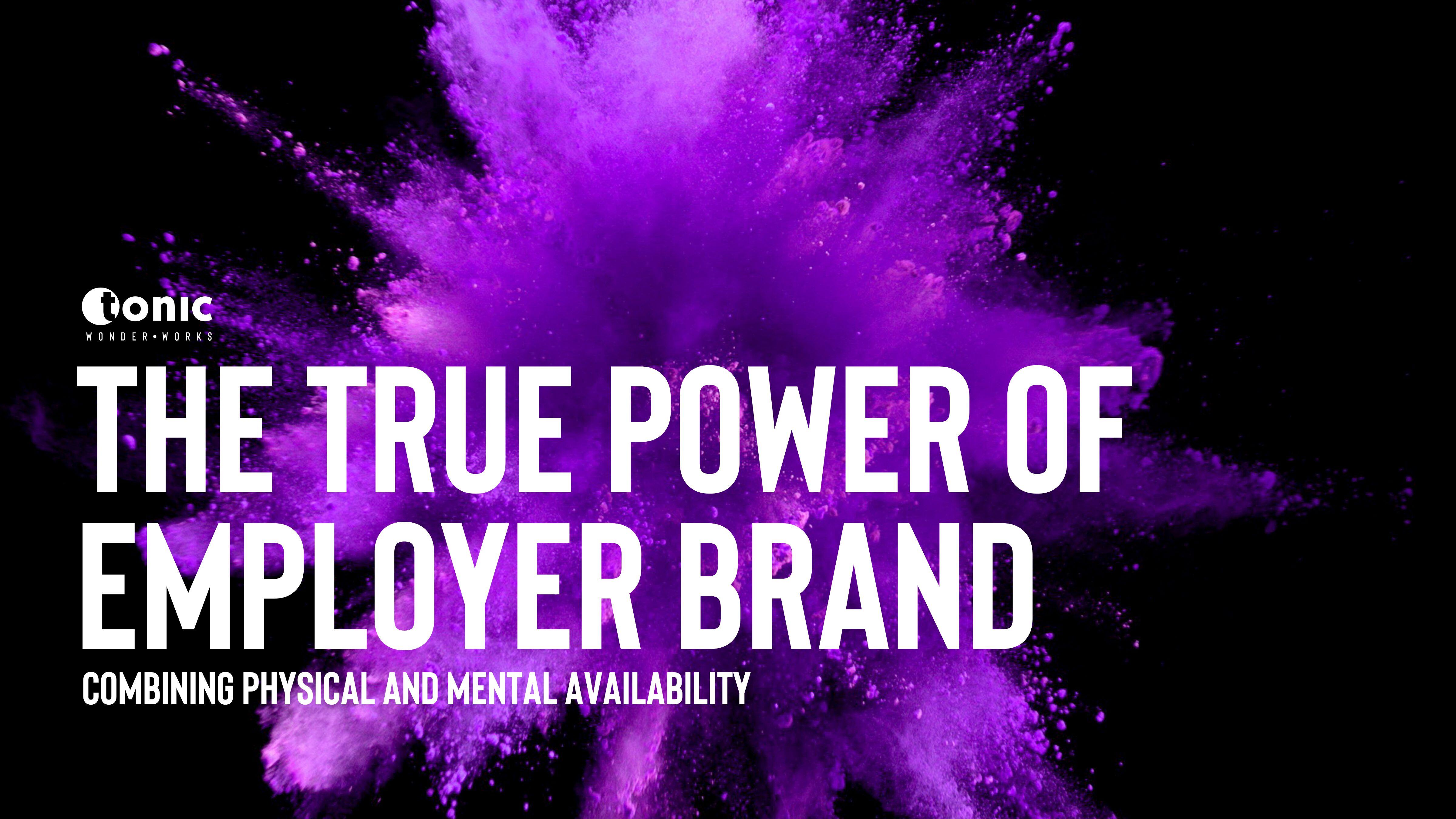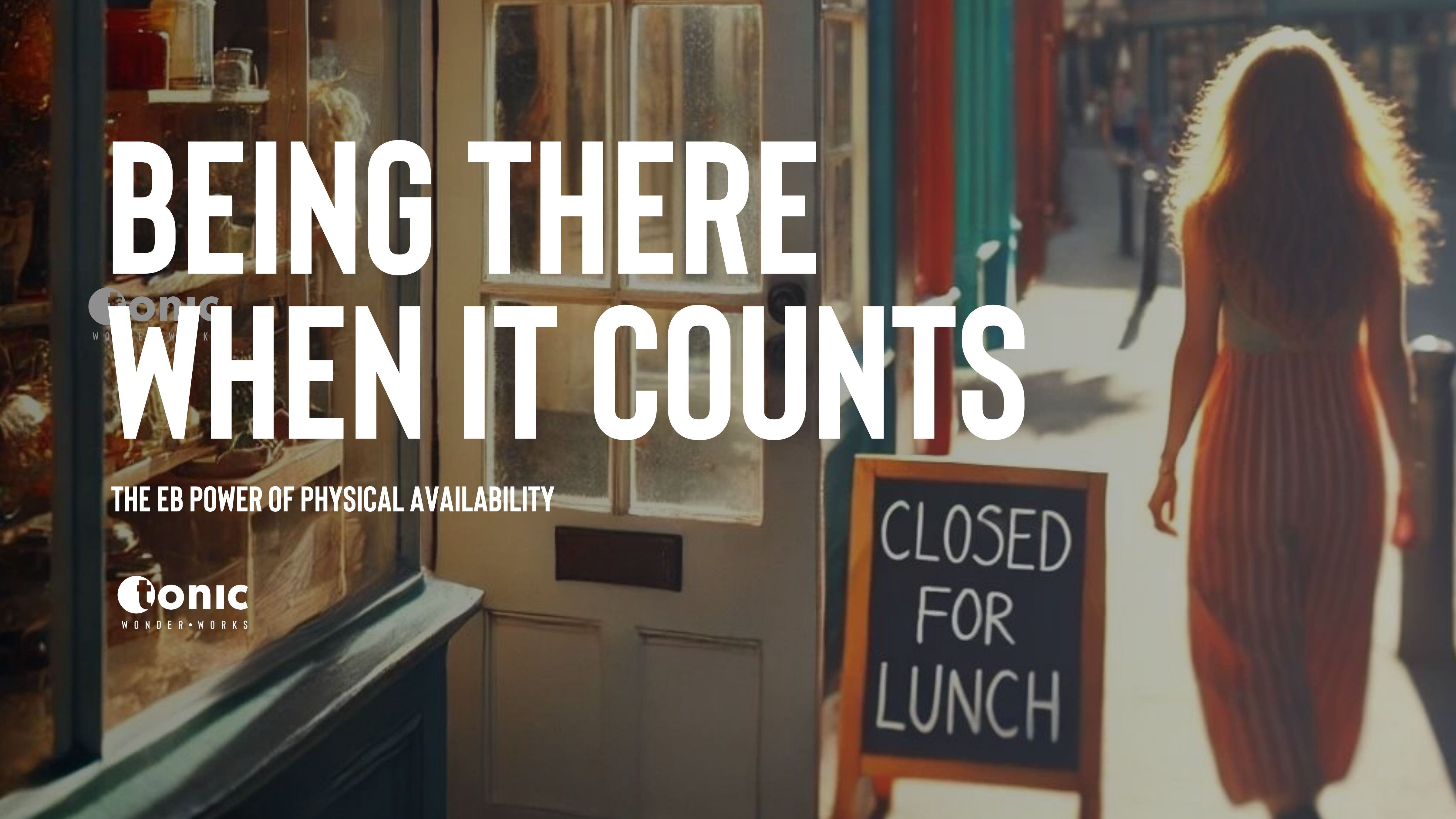Our thinking about storytelling in employer brand has evolved a lot since 2014, but it's interesting to see some great storytelling from back then in action. Our blog archives are a really interesting time capsule to review - with some great pointers.
So, let's rewind to 2014...
Last Christmas I was sat at home watching TV, my mulled wine in one hand and the television remote in the other doing the usual evening channel surf.
I love Christmas time. It’s one of the best things about what I find to be an otherwise very dull and depressing time of year. And even if you’re not quite feeling festive enough in the run up, you can pretty much guarantee that there’s something on TV that will get you in the mood – whether your preference is Elf, or The Muppets Christmas Carol.
As I was flicking through, I came across something that caught my attention and I paused to watch for a moment. It was a very well made cartoon about a bear and a hare who were preparing to celebrate Christmas together.
But from what I could gather, the bear had to leave early – he never got to see Christmas as he had to go and hibernate. The hare looked rather devastated as he watched his friend wander off to his cave to sleep and miss out on the Christmas fun with all the other animals, yet again.
I felt genuinely upset for the little mite, and being an animal lover it moved me a little. I carried on watching.
The hare managed to find the bear’s cave, saw him snoozing, and left him a little present. A small red box at the entrance of the cave. He then left to go and re-join the other animals and the advert cut to a scene where all the animals, hare included, were enjoying themselves around this big Christmas tree covered in lights and decorations.
Then, from over the horizon the hare spots his friend the grizzly bear walking towards them.
The bear sees the tree and all the other animals having fun. The look of awe and happiness in the bears eyes reminded me of that feeling I would get as a kid when I came down the stairs on Christmas morning to see the tree bursting with presents, decorations and the sledge tracks leading back all the way to the fireplace that my dad had drawn into the carpet with his fingers. I felt excited for him!
It turns out the hare had bought the bear an alarm clock, so he could wake up and enjoy Christmas with all the other animals.
I have to say it genuinely moved me, and at 29 years old, made a connection to my past that was so personal and so specific to my life that there was no escaping the emotions it evoked. Lily Allen finished the job off.
Of course, if you haven’t guessed already, I’m referring to the John Lewis Christmas ad from 2013, aptly titled, The Bear & The Hare.
So why am I telling you this story?
Storytelling comes naturally to us – it’s been used to pass information between generations since we existed. Tests have shown that when you hear a story, the same parts of the brain light up that would if you were experiencing the event first hand.
This allows that person to frame the content within their own personal context, thus evoking memories and emotion that are specific to that individual. Everyone who listens to a story will hear the same content, but generate their own personal response. This is incredibly important because we live in a world where we’re subjected to as many as 5,000 ads per day. The key to standing out today is to leave a personalised, emotional impression.
Working in recruitment marketing I’ve seen the industry change quite drastically in a very short space of time. I understand the factors that have influenced this change – but I still see many employers reluctant to embrace it. I’m puzzled as to why there’s a fear of that change and why employers continue to do things in a certain way, simply because ‘that’s how we’ve always done it.’
HR and Recruitment should actively encourage employees to get out there and tell their story. But first, they need to tell that story internally, and it needs to land because your employees will be the vehicles for your messages. If a brand and EVP is built in the right way, is founded on honesty and truth and it’s an accurate reflection of internal culture and values, then employees are more likely to tell that story on behalf of the employer. And in today’s world, that’s incredibly powerful.
There’s a multitude of tools employers can use to share their stories with people – blogs, videos, pictures and social being great examples. But employers need to trust their own people to be their advocates and start telling their own stories about how they’ve made an impact in the business. And that’s something that you don’t see often enough.
In a few months, I’ll be eagerly waiting to see how John Lewis follows up their huge success, and equally vigilant for how the competition keeps up. Because when you mention Christmas TV to me now, The Bear and Hear is one of the first things I think of…. along of course with the Coca-Cola ad that has burrowed its way into my brain more from repetition than anything else.
So, for any employers reading this, ask yourself, “What story are we telling?”
For other great examples of storytelling have a look at the films below:





